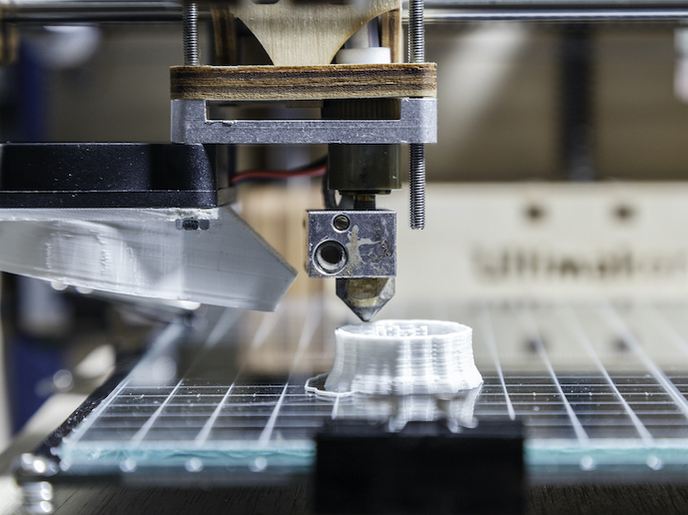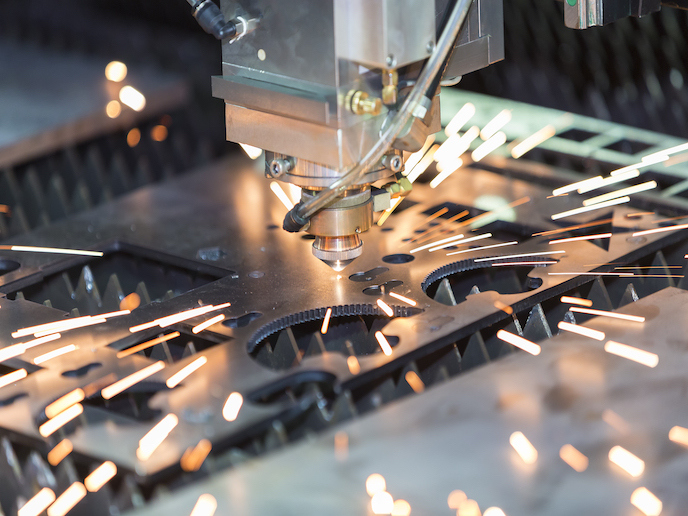Next-generation robotic machining
Funded by the EU, the COMET(opens in new window) project sought to overcome the major challenges that limit the current use of industrial robots for milling processes. Major issues are the lack of positioning accuracy and adaptability to changes in forces required for automotive and aerospace components as well as for the production of moulds, dies and high-precision parts. Concurrently, a dearth of advanced programming and simulation tools decreases the potential for getting a piece done correctly the first time. COMET delivered four important techniques and technologies to enable the use of industrial robots in a plug-and-produce platform for cost-effective, reliable and flexible manufacturing. Scientists developed a methodology to extract machine-specific kinematic and dynamic models of industrial robots from every possible configuration. It employs an off-line kinematic calibration, a dynamic robot simulation with new measurements of robotic joint parameters and a novel process for force calculation. Accurate simulation of robot behaviours produces a unique signature for each robot. The robot signature is then exploited in a simulation environment that enables adaptive robot path generation. An adaptive tracking system then monitors the actual path with respect to the programmed path, using an advanced robot controller to correct deviations in real time. Finally, a high dynamics compensation mechanism (HDCM) compensates for high-frequency position errors and transients. This provides a turbo-boost to accuracy, enabling precision far beyond the capability of the robot system alone. As an example, the mean absolute error of a test piece improved from 255 micrometres with no compensation to only 32 micrometres with the HDCM. Test cases demonstrated that robot machining can significantly speed up processing compared to conventional computer-based numerical control methods. In addition, costs can be reduced by approximately 40 % with minimal to no impact on quality. Results have been widely disseminated through numerous presentations, publications and videos targeting scientific audiences, industry, policymakers, the media and the general public. Commercialisation is expected to have widespread impact on the economic recovery and competitiveness of European manufacturers and the end users of their products.







